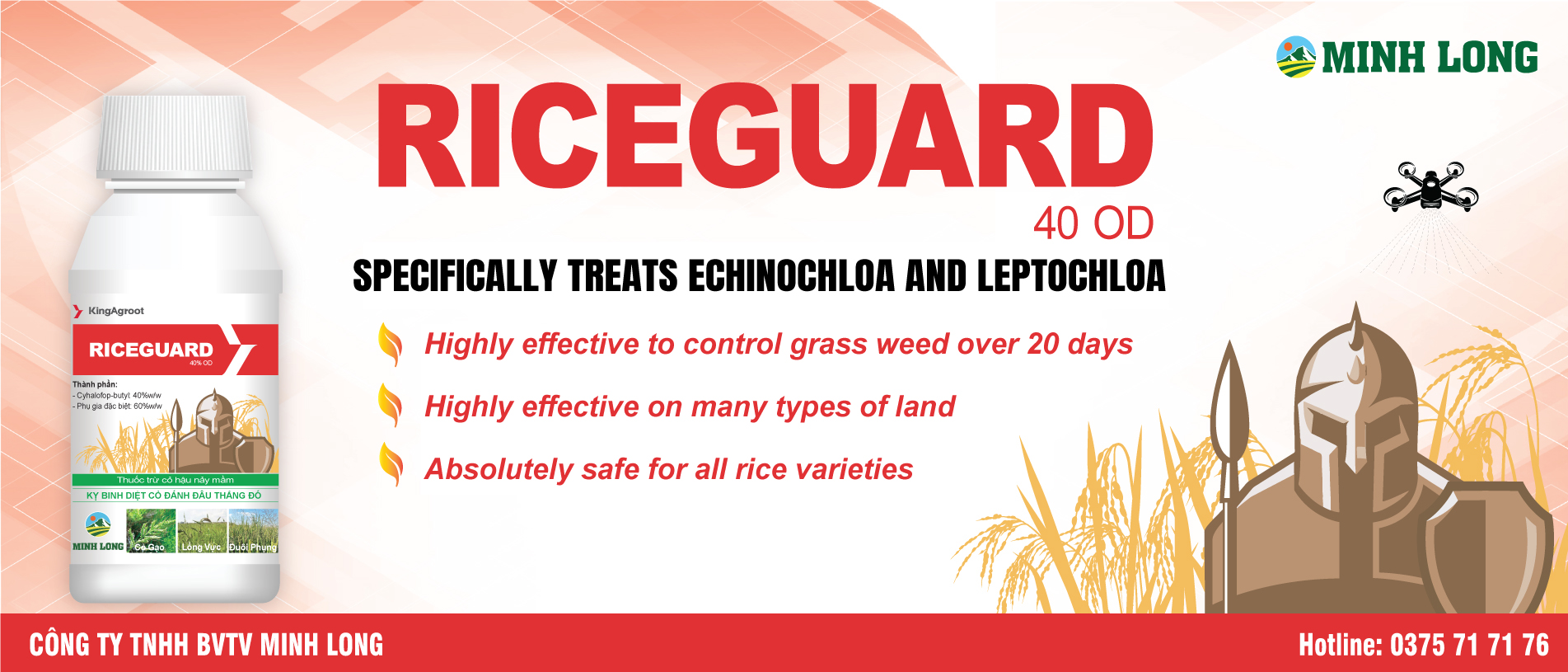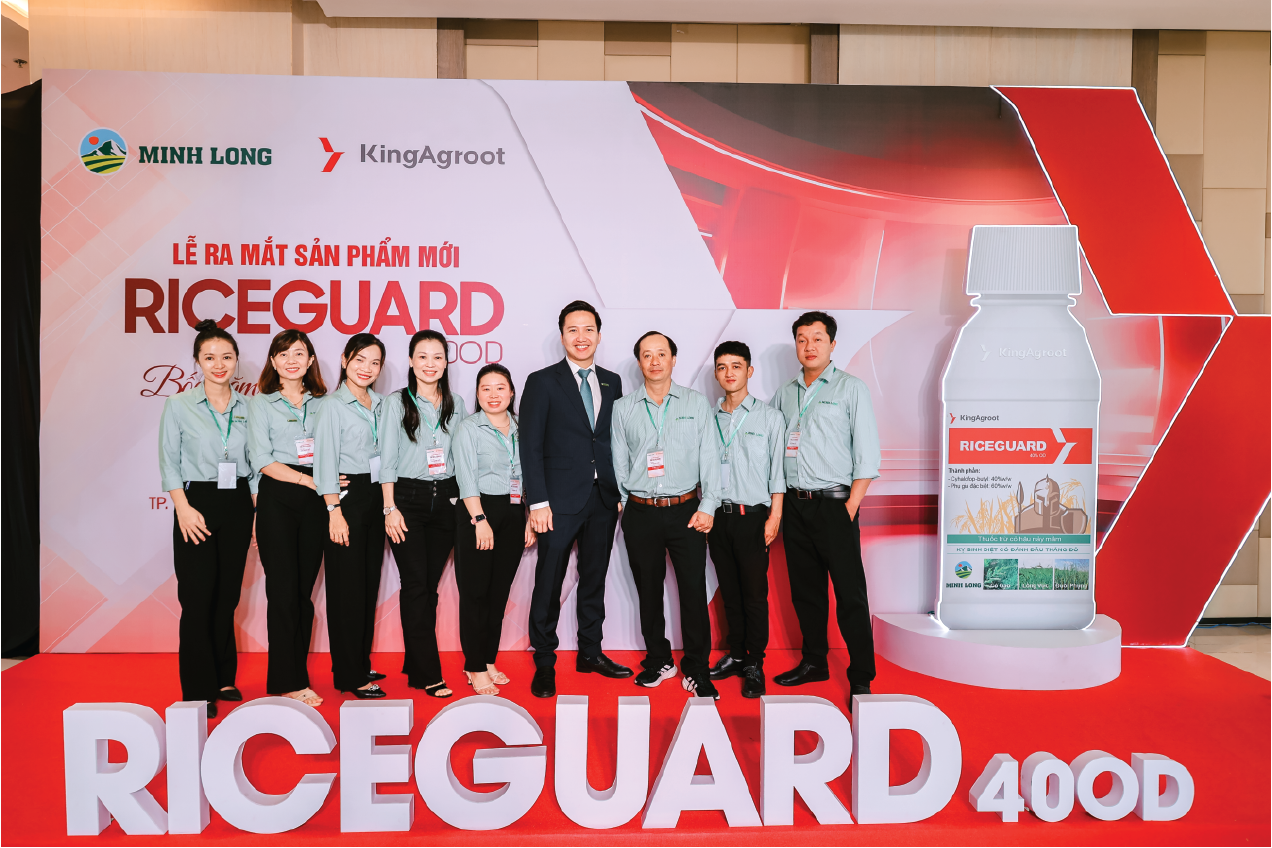Technical Process of Rice Care during the Growing - Heading Phase
The rice growing and flowering stage is an important part of the rice growth cycle. During this period, rice enters a critical stage to develop a strong root system and reach maximum production capacity. In this article, we will learn about the technical process of rice care during the growing and flowering stage, helping to improve productivity and product quality.
So how do rice plants need to be cared for during the flowering stage? What types of pests and diseases should we pay attention to when rice plants are in the flowering stage?
The flowering stage of rice plants is the decisive stage for rice productivity. To have a good harvest, Minh Long will guide people on how to care for rice plants to achieve maximum productivity.
1. Caring for rice plants in the rice growing stage
1.1 Fertilize rice plants at the planting stage
Fertilizing rice during the planting stage is considered the last fertilizer phase in the rice plant's life cycle, directly affecting quality and yield.
To fertilize effectively when detecting 50% of the rice area from 1 - 20mm, farmers need to add Nitrogen and Potassium to the rice. During this period, the amount of Potassium that should be applied to rice is 70% and the amount of Nitrogen should only be 30% according to the rice care process.
Note: You should fertilize according to the general rule: if the field is green, reduce Nitrogen and increase Potassium. If the field is yellow, you need to provide more nitrogen.
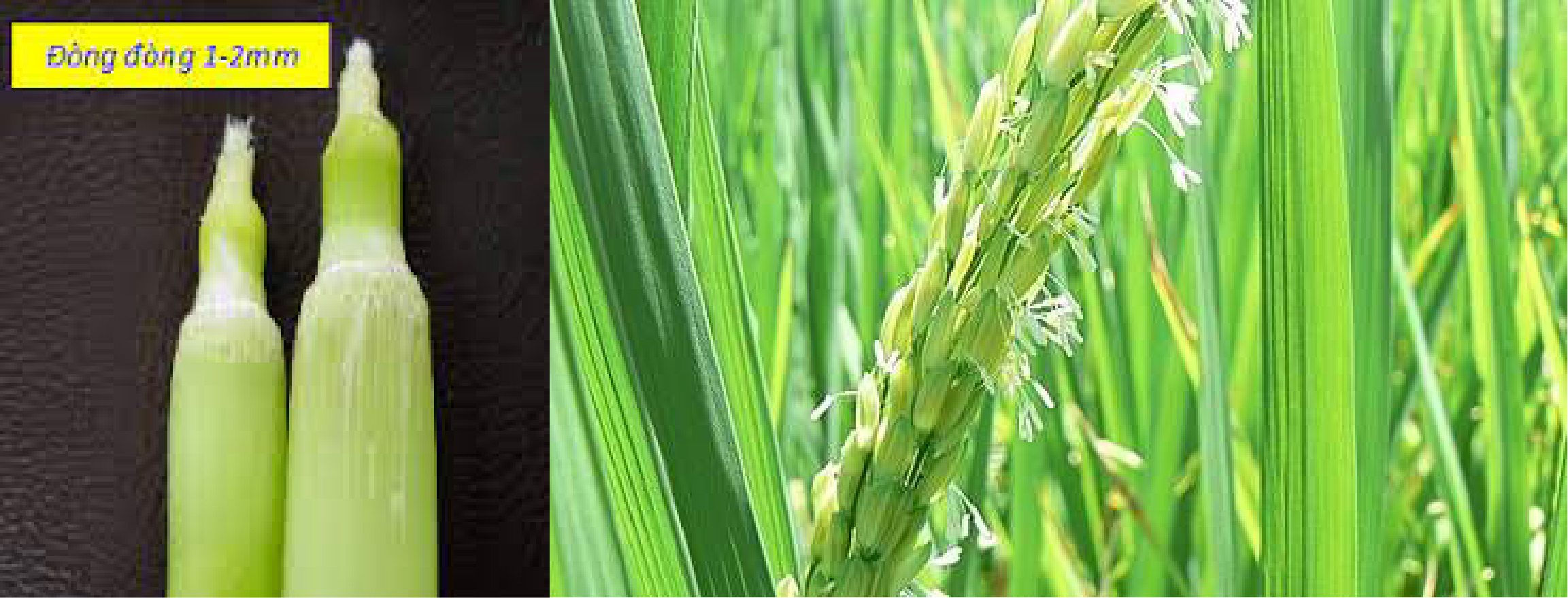
Image of rice in rice fields
1.2 Providing water for rice plants
At the flowering stage, it is necessary to ensure enough water for the rice plants, the water level in the field needs to reach 5cm - 7cm.
However, the water level in the field must not be higher than 7cm as there is a risk of pests attacking the rice plants.
1.3 Pest control during the growing stage
During the growing stage, we often encounter a number of harmful diseases such as stem borers, brown planthoppers, blast disease, and especially when the weather is high in humidity and foggy, these are favorable conditions for pests to thrive.
1.4 Adding essential micronutrients to rice plants
Boron, K 2 O, P 2 0 5, N, ... are nutritional ingredients that help stimulate growth and health. Increases the ability to pollinate and produce seeds to limit seed loss and lodging. Adding essential micronutrients helps enhance the ability to absorb nutrients and maximize the efficiency of metabolism in rice plants.
2. Take care of rice plants during the flowering stage
At this stage, people limit putting fertilizer into the fields. You should only fertilize rice plants after 45 - 48 days of planting time .
Besides, regularly visit fields to manage pest attacks promptly. At this stage, people need to pay attention to harmful pest attacks such as : stem borers, leaf rollers, rice blast, and hoppers . Apply appropriate control measures to prevent the spread of disease. Depending on the medicine used in each crop, the severity of the disease varies on rice plants.
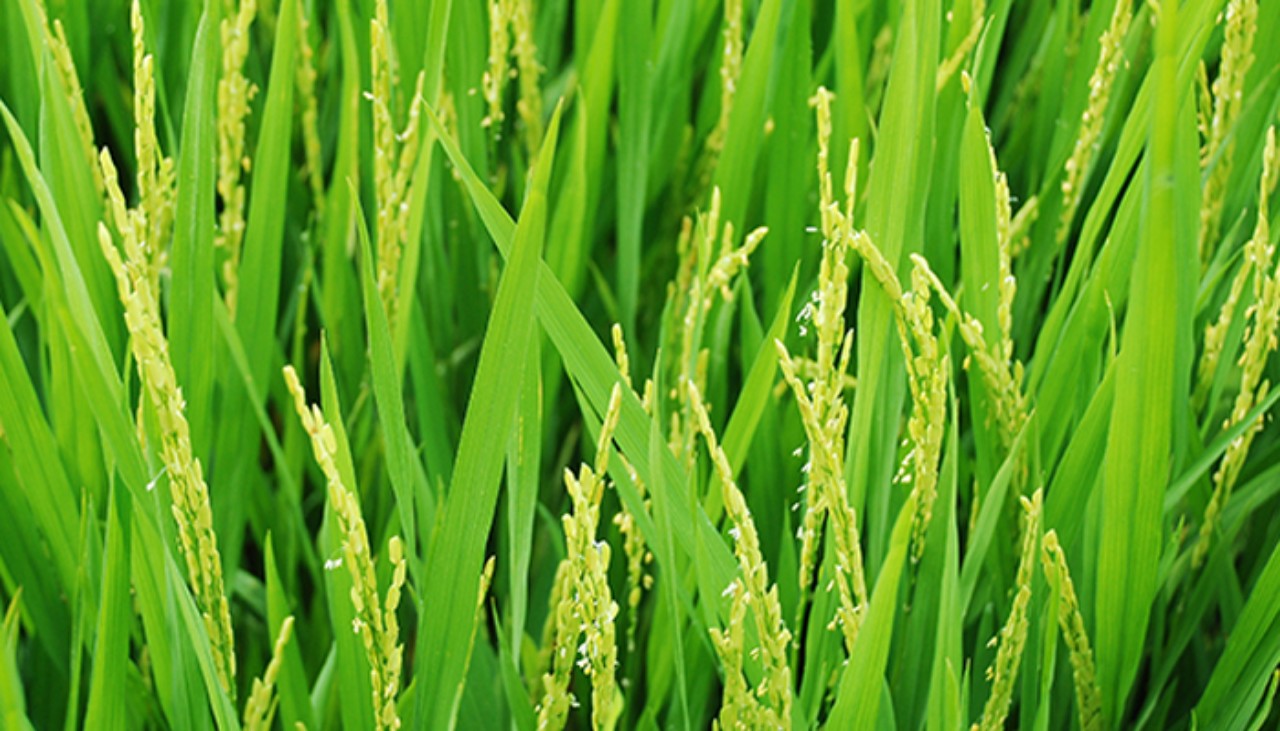
Image of rice blooming
3. Solutions to help rice stay healthy and achieve high productivity
SOLIDO Products help increase the ability to absorb nutrients. In addition to helping the shoots grow quickly and become healthy, they also help the plants increase their ability to pollinate and limit falling. Along with that, people can use the product Kali Milk to help plants grow seeds from flower heads to seeds in the plant. Improve resistance, help rice plants grow well in adverse conditions.
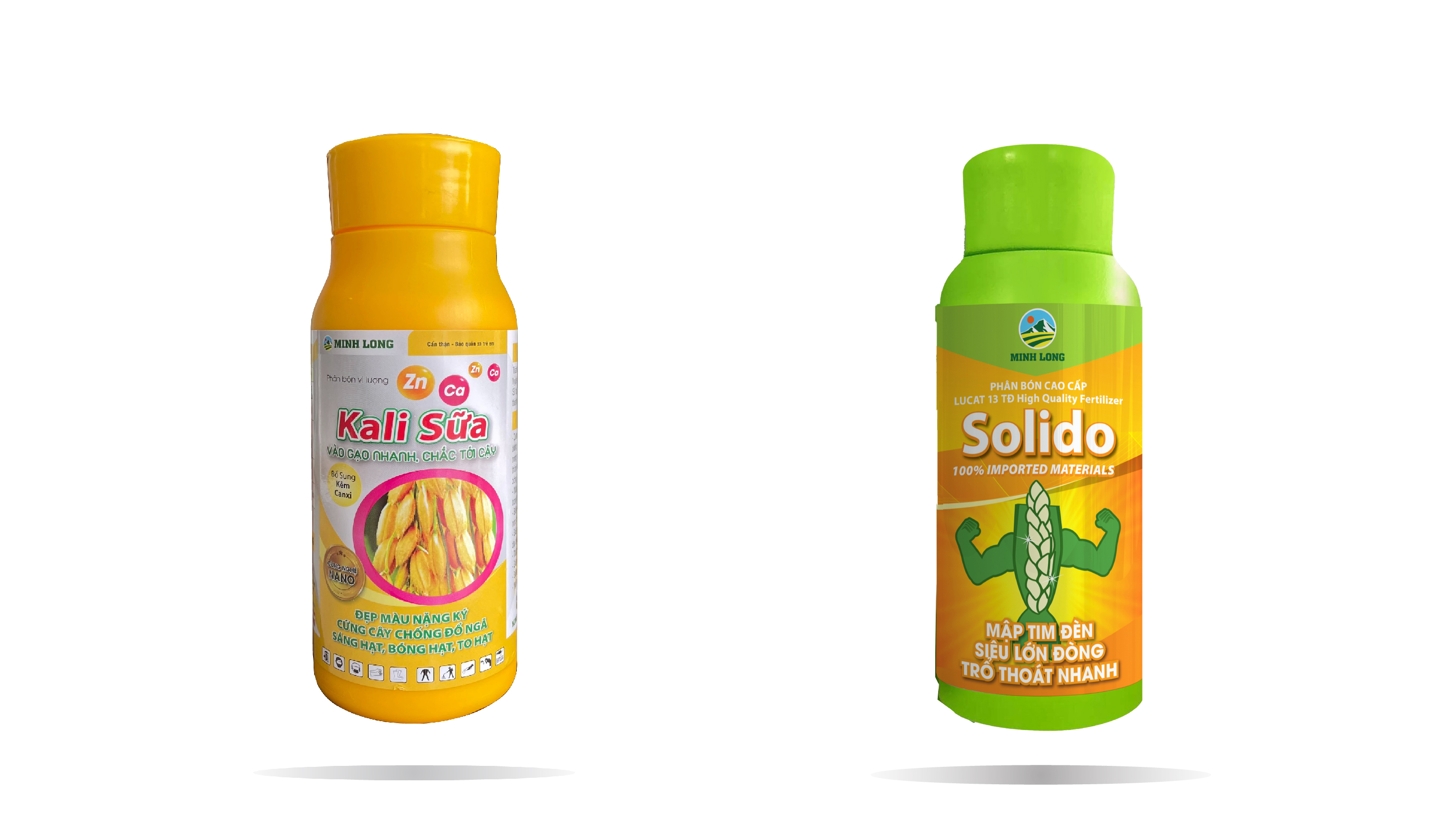
Milk Potassium & Solido products
For product details, see: Bonita , Potassium Milk
The technical process of rice care during the growing and flowering stage plays an important role in ensuring strong growth of rice plants and maximizing productivity. By taking the right steps and focusing on water management, fertilization, and pest control, farmers can ensure that rice plants will grow healthy and produce high-quality products.
 MINH LONG PLANT PROTECTION
MINH LONG PLANT PROTECTION
